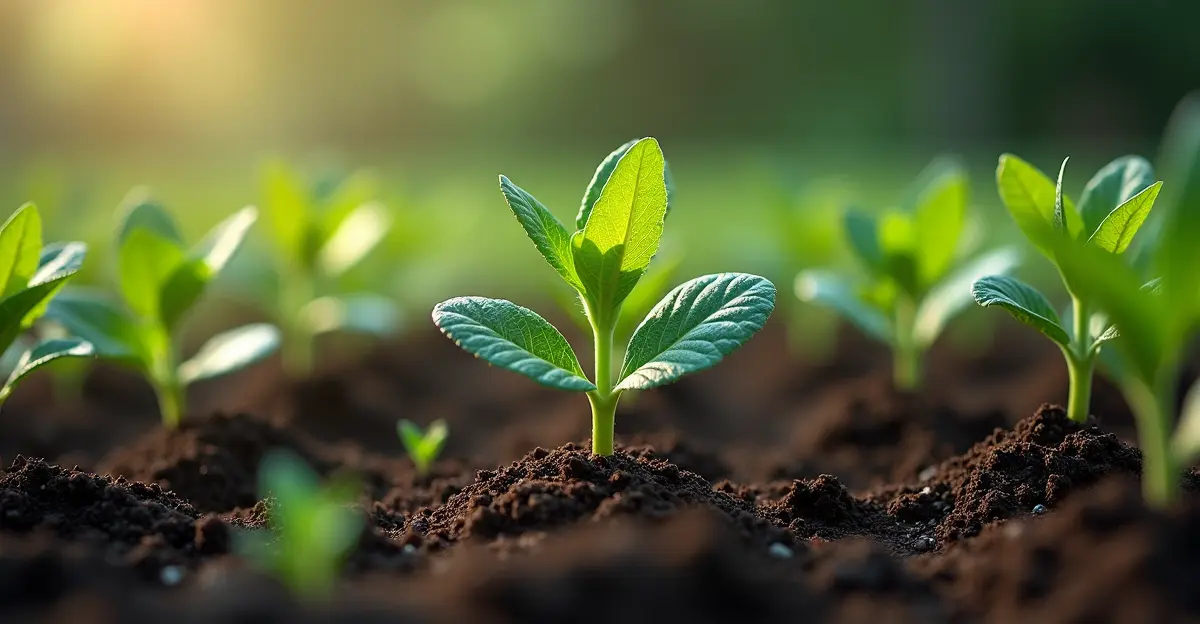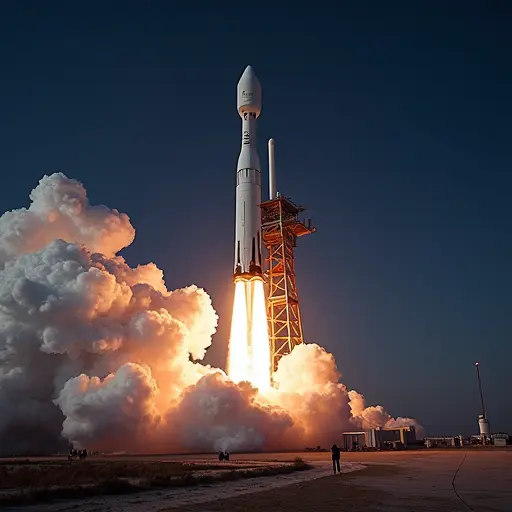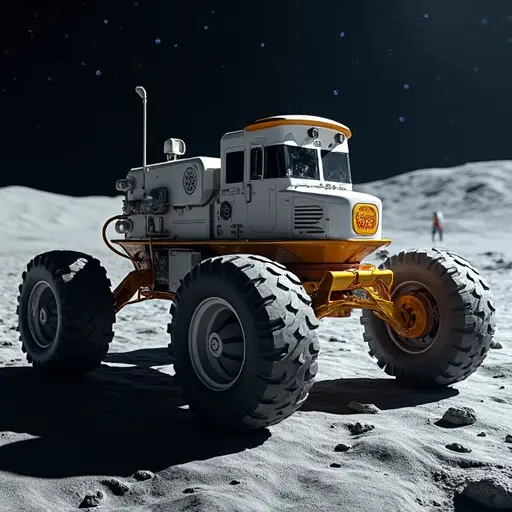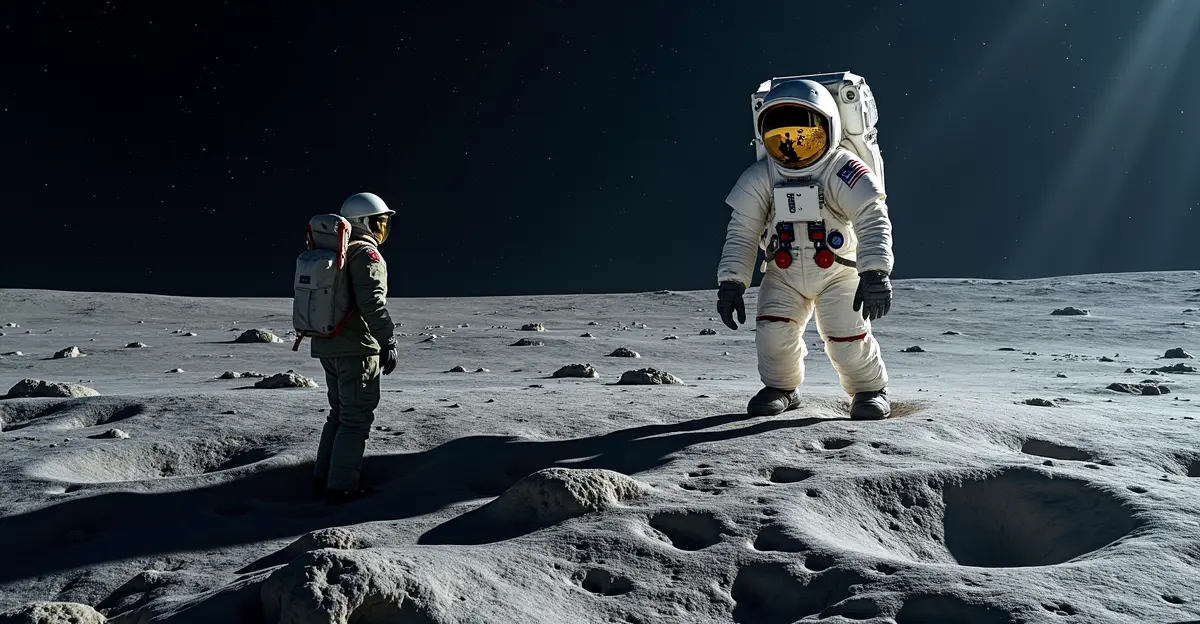
Revolutionary Space Agriculture Experiments Show Promise for Future Moon Colonies
In a groundbreaking development for space exploration and future lunar colonization, scientists have successfully grown plants in lunar regolith simulant, achieving remarkable growth rates that could pave the way for sustainable agriculture on the Moon. The experiments represent a significant milestone in humanity's quest to establish permanent settlements beyond Earth.
The Science Behind Lunar Farming
Lunar regolith, the fine, unconsolidated material covering the Moon's surface, differs fundamentally from terrestrial soil. Unlike Earth soil formed through biological processes and weathering, lunar regolith results from billions of years of meteorite impacts and solar radiation bombardment. The simulant used in these experiments closely mimics the chemical and physical properties of actual Moon soil, providing researchers with a realistic testing environment.
The experiments involved several plant species, including fast-growing varieties like Arabidopsis thaliana and nutrient-dense crops such as lettuce and radishes. Researchers carefully monitored growth parameters including germination rates, biomass accumulation, and nutrient uptake efficiency.
Surprising Growth Results
Contrary to initial expectations, many plant species demonstrated robust growth in the lunar simulant. The plants showed:
- Germination rates comparable to terrestrial controls
- Healthy root development despite the regolith's abrasive nature
- Efficient nutrient absorption from the mineral-rich substrate
- Normal photosynthetic activity and biomass production
Dr. Elena Rodriguez, lead researcher on the project, stated: "The results exceeded our most optimistic projections. We're seeing plants not just surviving, but thriving in conditions that simulate the lunar environment."
Challenges and Solutions
Despite the promising results, several challenges remain. Lunar regolith contains sharp, glass-like particles that can damage plant tissues and lacks organic matter essential for terrestrial plant growth. Researchers addressed these issues through:
- Pre-treatment processes to reduce particle abrasiveness
- Supplementation with essential nutrients and minerals
- Precise water management systems
- Controlled environment conditions mimicking lunar temperature cycles
Implications for Future Space Missions
Successful lunar agriculture could revolutionize long-duration space missions by:
- Providing fresh food for astronauts, reducing reliance on Earth supplies
- Producing oxygen through plant photosynthesis
- Recycling waste through composting systems
- Offering psychological benefits through green spaces
NASA's Artemis program, which aims to establish a sustainable human presence on the Moon by the late 2020s, could directly benefit from these findings. The ability to grow food locally would significantly reduce mission costs and increase self-sufficiency.
Next Steps and Future Research
The research team plans to expand their experiments to include:
- Testing with actual lunar samples returned by future missions
- Developing closed-loop agricultural systems
- Investigating microbial communities to enhance soil fertility
- Exploring genetic modifications for optimized lunar growth
As humanity prepares to return to the Moon and eventually venture to Mars, these agricultural breakthroughs represent a critical step toward making space colonization truly sustainable. The dream of farming on other worlds is rapidly becoming a tangible reality.

 Nederlands
Nederlands English
English Français
Français Deutsch
Deutsch Español
Español Português
Português







